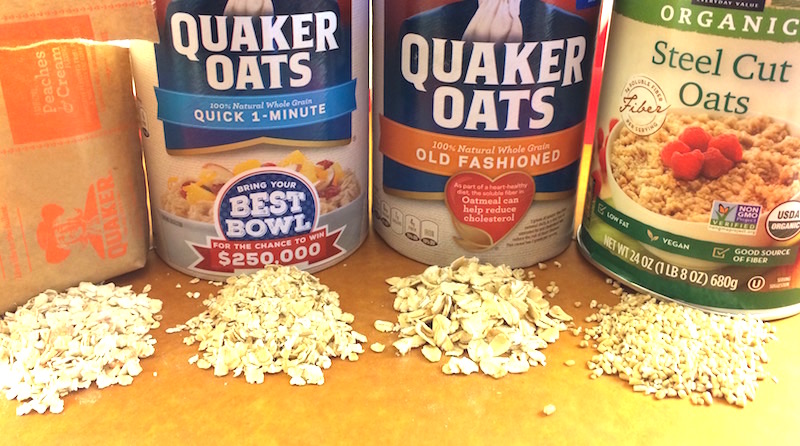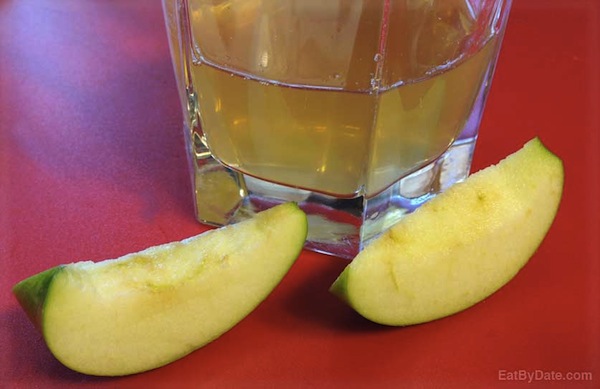Grades of Beef
Back in the 1920’s the United States Department of Agriculture (USDA) began to evaluate and set standards for beef by assigning grades. This process is separate from the required inspection of raw meats and is done at the request and expense of the meat producer. There are 8 different grades that the USDA could assign, but only 3 are typically promoted in grocery stores nationwide: prime, choice and select. Always look for the USDA symbols shown below if looking for the best quality of beef and don’t get fooled by use of these words on other types of stickers.
Beef is evaluated based on the amount of marbling (streaks of white fat that melt when cooked) and the age of the cow. These factors are indications of the tenderness, juiciness and flavorfulness of the resulting cooked meat. USDA grade shields symbolize the quality and integrity of American agricultural products, regardless of supplier. Large-volume buyers such as grocery stores, military institutions, restaurants, and even foreign governments use the quality grades as a common “language”, making business transactions easier.[1]
We will discuss the top 3 grades of beef in the detailed table below and then mention the other grades following the table. Below that, please find proper instructions on how to successfully cook all grades of beef. If you are investing in these top grades of beef then you do not want to chance ruining them during the cooking process.
Grades of Beef
Grades of Beef
The next two levels of USDA quality stamping include Standard followed by Commercial. These two grades are most often sold ungraded or as store brand meat. Rounding out the complete set of 8 grades are Utility, Cutter and Canner. These last 3 grades of beef are seldom, if ever, sold at retail stores. Instead, they are used to make ground beef and processed meat products. [2]
TIP: If you see some choice strip steaks or top round steaks on sale, go ahead and throw them into the freezer. Freezing not only extends the shelf life, but research has shown that these cuts of steak gain up to 10% more tenderness after spending at least a week in the freezer.[1].
Grades of Beef
Additional Info
Cooking prime (or choice or select) beef – if you bought the best then be sure to cook it the best way possible.
-
Allow beef to come to room temperature before
cooking.
Do this by removing it from the fridge 30 minutes prior to cooking. - Pat the meat dry with paper towels.
-
Apply a light seasoning just before cooking.
Salting too early can draw moisture out of the meat, so only salt prime meats about 10-15 minutes prior to cooking. - For steaks that are thicker than an inch, sear them first for 2-3 minutes per side over direct heat and then finish them off over indirect heat.
- Thinner meats should be cooked over direct heat.
- Use tongs instead of forks to turn the meat. Piercing the meat will allow the juices an escape route, leaving them dry.
- Use a meat thermometer inserted into the thickest part of the meat to ensure results.
- Let the meat rest after cooking for at least a few mins before cutting, 10-20 minutes for a roast.
For pictorial information on all the different cuts of beef available, see our post on cuts of beef.
For an informational chart on different cooking methods, see our cooking methods post.
















